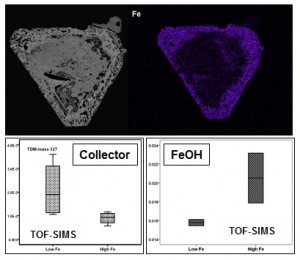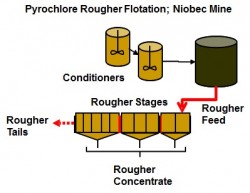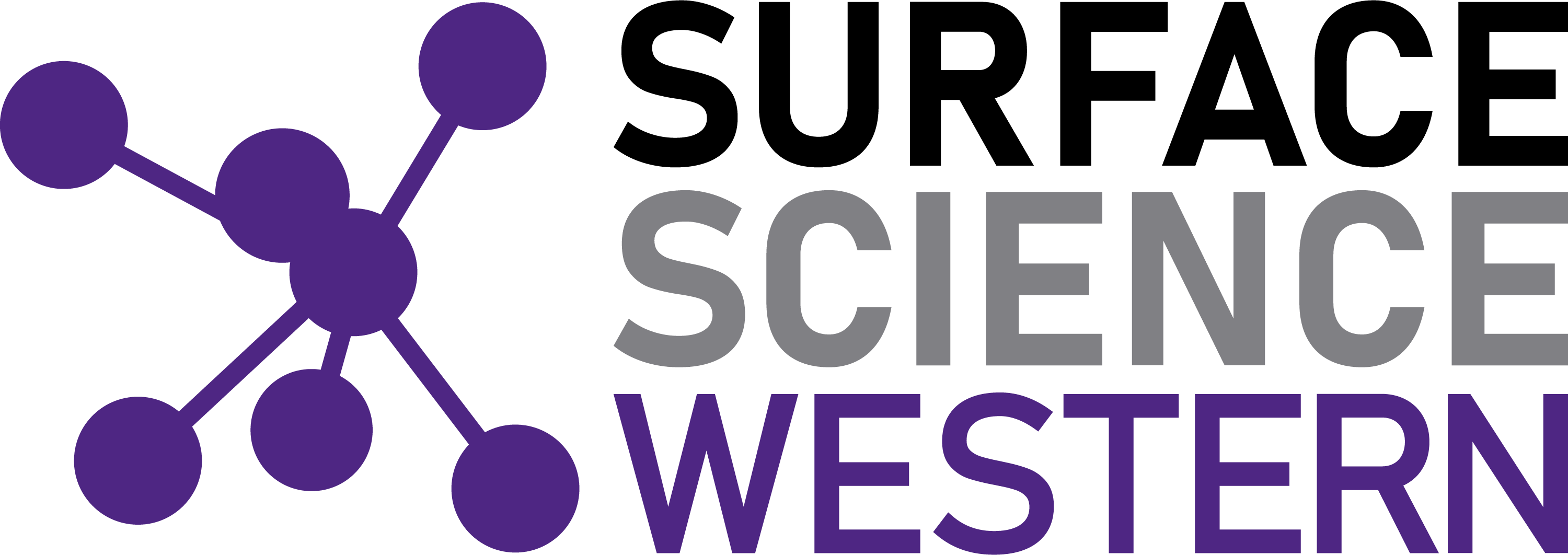A Surface Science Western (SSW) Research Scientist and Adjunct Professor in the Department of Earth Sciences, Dr. Brian Hart recently received Collaborative Research and Development award of $1.5 million from NSERC to support a collaborative project to improve methods of extracting metals using advanced surface science technologies. The research, to be undertaken over the next four years in collaboration with colleagues from the University of Alberta, the Université de Laval and eight mining interests including individual companies – Glencore-Xstrata Zinc , Glencore-Xstrata Nickel, Agnico Eagle Mines, Teck Metals, IAMGOLD and Barrick Gold Corp – as well as COREM, a consortium of applied research for processing minerals, and the Canadian Mining Industry Research Organization (CAMIRO), will seek to improve the ore recovery process and/or rationalize new mine development costs.

The cyclic nature of the metals market, the fact that valuable minerals are, today, more difficult to extract and the increasing time lag between investment and return contribute to skyrocketing costs in mine development. Today, mines recover anywhere from 60 to 90 percent of the total amount of the metal that is in the rock. The industrial challenge is recovering the remaining 10 to 40 percent. This research will address the issue, and in so doing, will serve to increase industrial revenues and global competitiveness in the Canadian mining sector.
Canada has the world’s second largest mining supply sector. But mine development and mineral extraction are both complex and expensive endeavors with total capital expenditures in 2011 exceeding 11 billion dollars. To continue to maintain Canada’s strong competitive edge, the use of novel tools for developing innovative process strategies to increase ore extraction productivity and reduce the overall costs of mine development must be carried out.
The process of recovering metals from ore involves crushing mined rock down to fine grains or to flour-like consistency and putting it in large water-filled tanks equipped with rapidly spinning impellers and air jets. Chemicals are added to the stirring, bubbling mixture so that the desired minerals are no longer attracted to water. The desired minerals attach to the surrounding air bubbles and float to the top in a froth where they are collected and processed in order to extract the desired metal.
Traditionally, optimizing mineral floatation has been based primarily on repetitive trials in which different sets of chemicals are added to the brew at varying points in the process. Now, Western researcher Dr. Brian Hart will use the advanced technologies available at Surface Science Western to track both the composition and changes to the surface of the fine grains during the floatation process. This will help determine the most efficient process for extracting the highest percentage of the desired mineral in the least amount of time.

Each of the eight mining companies participating in this four-year, 1.5 million dollar project will present their individual challenges to the research team. According to Hart, “they will present a variety of raw materials with differing mineralogy, water chemistry and reagents and, while each case will be different, the process employed is the same and we are finding ways to use our advanced tools in novel ways to optimize their respective processes”. Hart and his collaborators, Qi Liu, ZhengheXu, Qingxia Liu and HongboZeng from the University of Alberta and FaicalLarachi from the Université de Laval will address the challenges of each mine on a case-by case basis in order, ultimately, to develop process improvement strategies to enhance metal recovery and generate revenue required to ensure our continued competitive advantage in this sector.
(Link to Original Article at Western Science Website)

